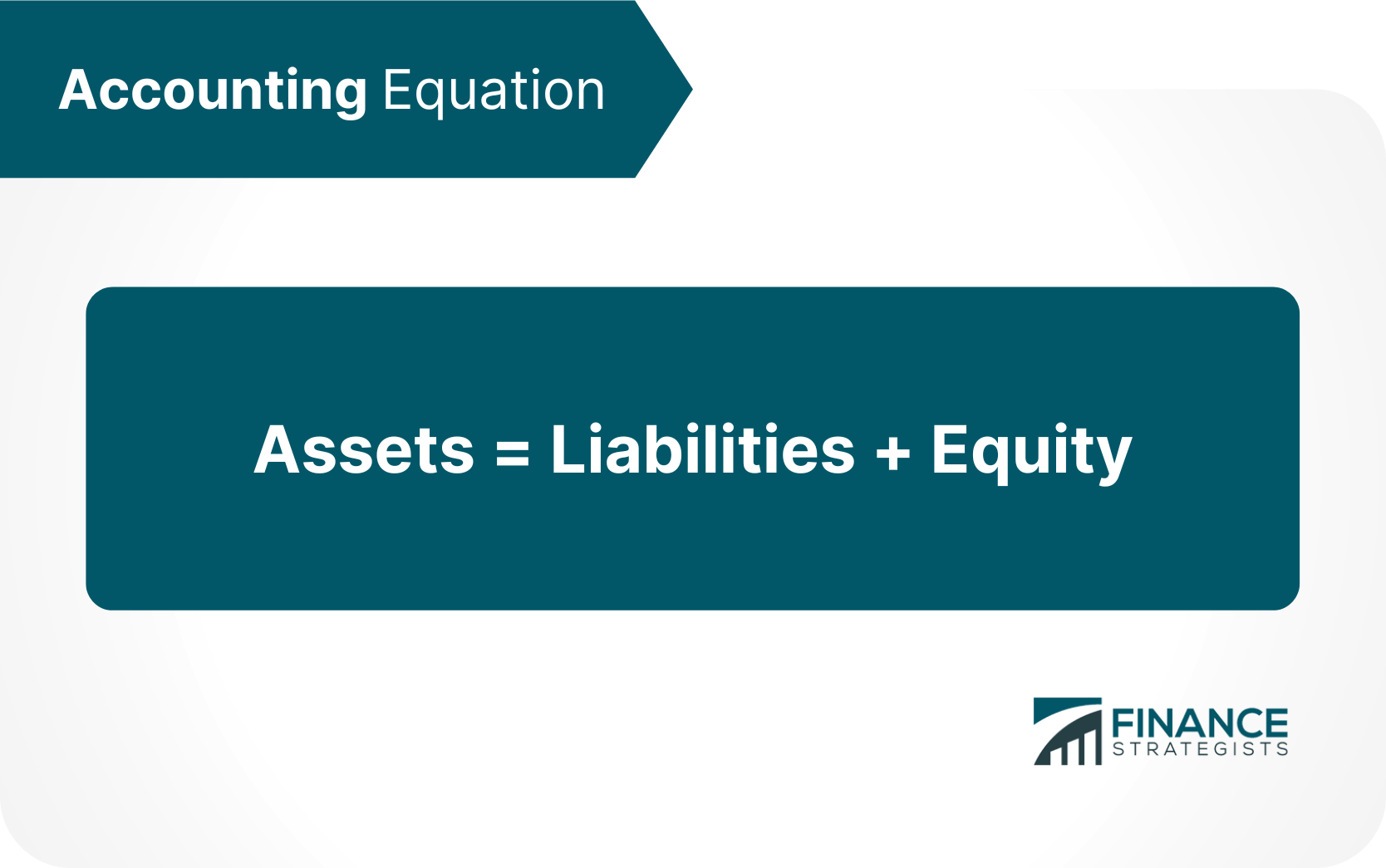30 Apr SE&A Business & Finance

It highlights the changes in value to stockholders’ or shareholders’ equity, or ownership interest in a company, from the beginning of a given accounting period to the end of that period. Typically, the statement of shareholders’ equity measures changes from the beginning of the year through the end of the year. The components of stockholders’ equity include the par value of the outstanding shares, the amount of retained earnings, and the value of any treasury stock and any additional paid-in capital. It can also be called “owners’ equity” or “shareholders’ equity.” It can be found on a firm’s balance sheet and financial statements, along with data on assets and liabilities.
Equity
2.) The business sells new stock and therefore the change increases capital stock. You should be able to understand par value as well as additional paid-in capital. This number is the sum of total earnings that were not paid to shareholders as dividends. The accounting equation helps to assess whether the business transactions carried out by the company are being accurately reflected in its books and accounts. Positive shareholder equity means the company has enough assets to cover its liabilities.
- If the company ever needs to be liquidated, SE is the amount of money that would be returned to these owners after all other debts are satisfied.
- In other words, it reflects how much cash is generated from a company’s products or services.
- The financial statements used in accounting are a concise summary of financial transactions over an accounting period, summarizing a company’s operations, financial position, and cash flows.
- Think of retained earnings as savings, since it represents the total profits that have been saved and put aside (or “retained”) for future use.
Common Mistakes to Avoid with Schedule SE
In the U.S., licensed CPAs must have earned their designation from the American Institute of Certified Public Accountants (AICPA). It can be defined as the total number of dollars that a company would have left if it liquidated all of its assets and paid off all of its liabilities. Without accounting, investors would be unable to rely on timely or accurate financial information, and companies’ executives would lack the transparency needed to manage risks or plan projects. Regulators also rely on accountants for critical functions such as providing auditors’ opinions on companies’ annual 10-K filings. In short, although accounting is sometimes overlooked, it is absolutely critical for the smooth functioning of modern finance. While financial accountants often use one set of rules to report the financial position of a company, tax accountants often use a different set of rules.
Double entry bookkeeping system
The indirect method calculates cash flow by adjusting net income by adding or subtracting differences from non-cash transactions. Non-cash items appear on the balance sheet as changes in a company’s assets and liabilities from one period to the next. The financial results of a manufacturing company are impacted by depreciation expense for plant, property, and equipment. Bonds are contractual liabilities where annual payments are guaranteed unless the issuer defaults, while dividend payments from owning shares are discretionary and not fixed. Where the difference between the shares issued and the shares outstanding is equal to the number of treasury shares.

The net cash provided by operating activities represents the operating ‘lifeblood’ of business after paying necessaryoutgoings for financing and tax. In a nutshell, changes in equipment, assets, or investments are related to cash from investments. what is se in accounting This category includes asset purchases and sales, loans made to vendors or received from customers, and payments related to mergers and acquisitions (M&A). The accounting equation is fundamental to the double-entry bookkeeping practice.
Pitfall #3 – Filing short on schedule SE tax payments
In its simplest form, shareholders’ equity is determined by calculating the difference between a company’s total assets and total liabilities. The statement of shareholders’ equity highlights the business activities that contribute to whether the value of shareholders’ equity goes up or down. The statement of shareholders’ equity is a financial document a company issues as part of its balance sheet.
For some purposes, such as dividends and earnings per share, a more relevant measure is shares “issued and outstanding.” This measure excludes Treasury Shares . Equity typically refers to shareholders’ equity, which represents the residual value to shareholders after debts and liabilities have been settled. This metric is frequently used by analysts and investors to determine a company’s general financial health. Learn accounting fundamentals and how to read financial statements with CFI’s free online accounting classes. An increase or decrease in retained earnings directly affects the stockholder’s equity.
You don’t want to be in a situation where you have to pay more income tax than is normally required by the Internal Revenue Service (IRS). It’s also worth noting that while all CPAs are accountants, not all accountants are CPAs. Tax professionals include CPAs, attorneys, accountants, brokers, financial planners and more.
If there is an outstanding balance, any differences must be added to net earnings. These figures can also be calculated by using the beginning and ending balances of a variety of asset and liability accounts and examining the net decrease or increase in the accounts. Current Assets are assets that are expected to be converted into cash in less than one year.
But understanding common pitfalls, seeking professional guidance when unsure, and paying close attention to changing protocols allows satisfying obligations while optimizing write-offs. Take control by learning where others make mistakes with Schedule SE filing and set your small business up for smooth compliance success. Accounting information exposes your company’s financial performance; it tells whether you’re making a profit or just running into losses at the end of the day. Accounting is like a powerful machine where you input raw data (figures) and get processed information (financial statements). The whole point is to give you an idea of what’s working and what’s not working so that you can fix it.



